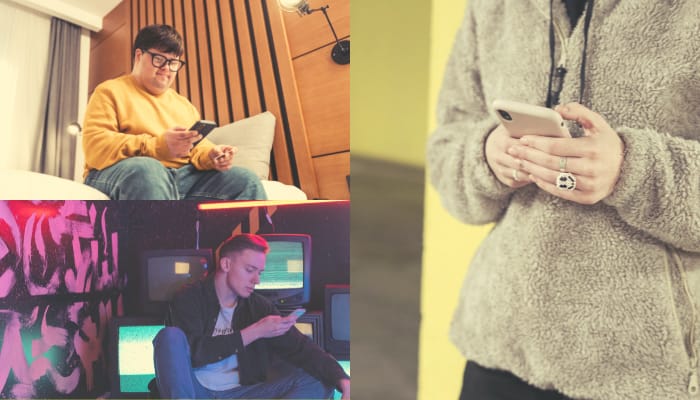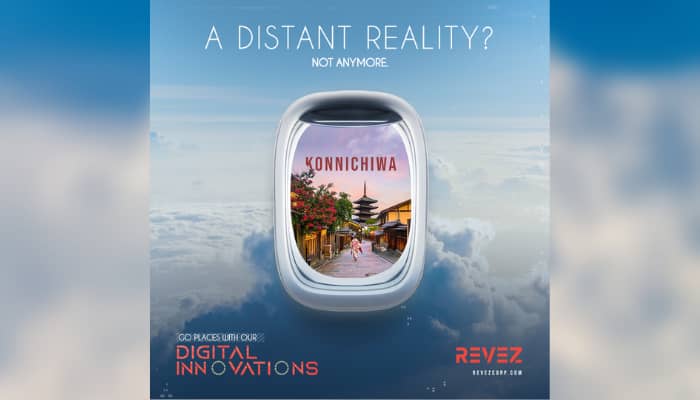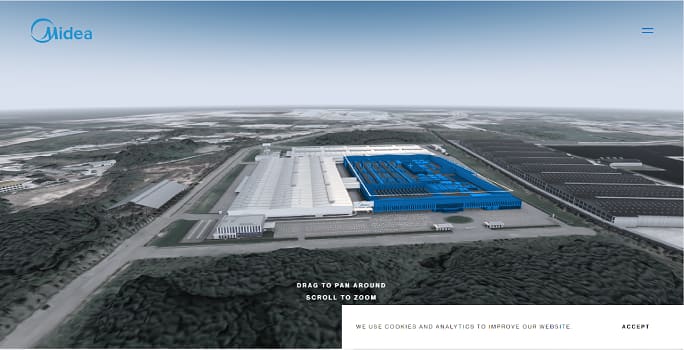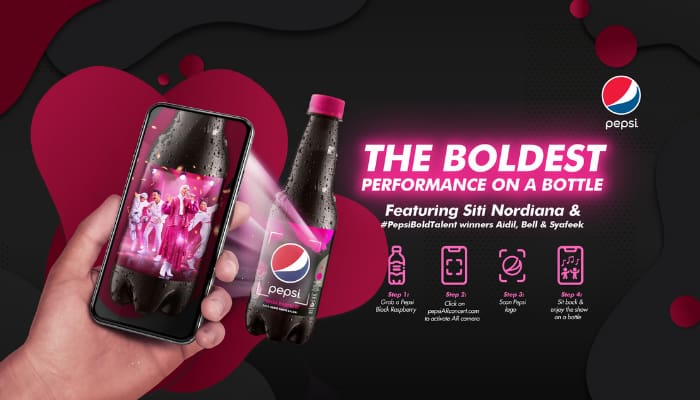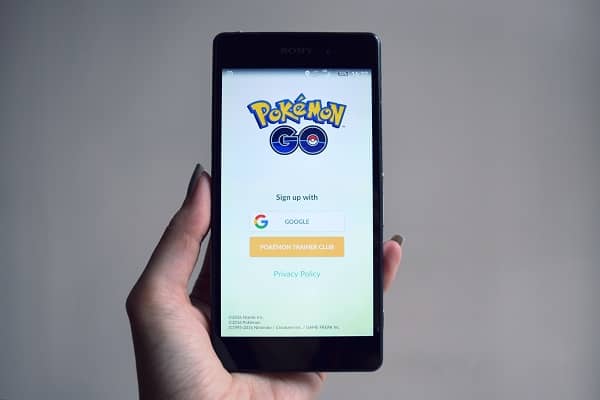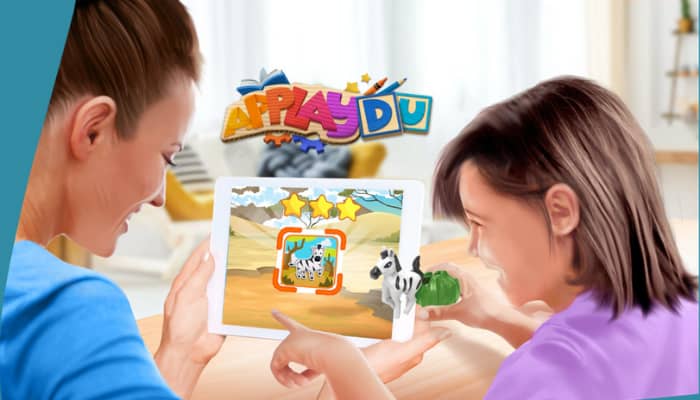Marketers have long held the belief that attention is a diminishing commodity, especially among Generation Z. However, attention has not diminished, it has diversified. To manage the onslaught of information they face each day, consumers prioritize content that engages them. For brands, this means working harder than ever to capture the attention of their audience – and this involves rethinking the way they sell and service by using interactive and immersive technologies like augmented reality (AR).
Immersive AR ads have shown to be an impressive user engagement tool, garnering 17-times more engagement compared to static ads, according to a study by Snapchat, which compared shoppable Snap ads to standard Snap ads of the same products. Here in Asia-Pacific (APAC), spending on AR and virtual reality (VR) is expected to grow at a rapid rate of 47.7% and reach US$28.8 billion by 2024. Recent data from Statista also estimated that by 2023, there will be 2.4 billion mobile AR users worldwide, a rise of 2.2 billion from the 200 million seen in 2015. Clearly, there is a demand for this technology.
There is opportunity for marketers to capitalize on. As a digitally native generation, Gen Zs spend a large part of their time on mobile. In APAC, almost a third of Gen Zs spend six hours or longer a day on their phone but at the same time, they are also thoughtful about the ways they engage with the internet. It comes as no surprise that Gen Zs turn to AR to communicate with their close friends, and to explore the world around them. This situation lends itself as an opportunity for brands to engage with them in this manner as well.
Before we delve into how brands can use AR, let us take a step back and look at what makes Gen Zs tick.
Understanding Gen Zs in APAC
With an attention span of mere seconds and a wealth of content available at their fingertips, engaging Gen Zs can be a challenge. As such, it is doubly important for brands to fully understand the unique traits of this demographic so they can tailor their offerings to this audience.
Like their global peers, APAC Gen Zs have a strong appreciation for digital communications and technologies. A Generation survey by Snapchat conducted in December 2020 found that Gen Zs in APAC are not confined to traditional methods of communications, and favor communicating with photos (78%), emoji or emoticons (75%), videos and video messages (59%), among others. They also gravitate towards immersive video and mobile games, including AR experiences.
In addition, Gen Zs are strong supporters of the causes they believe in. The same piece of Snapchat research found that half of the surveyed respondents say they are less likely to buy from a brand that chooses to promote the opposite side on social issues that matter to them. Conversely in APAC, Gen Zs are more likely to shop from brands they support, even if it’s less convenient for them to do so.
There is no better time than now to leverage AR
By 2025, Gen Z will make up a quarter of the APAC region’s population. As this generation of digital natives rapidly warms to the concept of AR, it will become an increasingly important tool in the marketing mix of advertisers.
Consider AR as you would with any tool in your marketing arsenal. The two marketing fundamentals – objective and audience – still stand. Brands will first need to define their objectives and the results they hope to achieve from the campaign, then understand their audience like the Gen Zs. By defining these parameters at the onset, brands will be able to use AR where appropriate to elevate their current offerings to the audience.
There are many great examples of creative AR-powered offerings. One example worth noting is the work done by Singaporean creative technology studio, MeshMinds. They held the city-state’s first AR-powered exhibition Sustainable Singapore, where the AR artwork of 20 local artists used the AR app Artivive to weave in additional storytelling elements to lend more magnetism to their artwork.
Brands in APAC can also take a leaf out of their global peers’ books. Understanding Gen Zs’ need for engaging content, luxury brand Gucci launched its first-ever global AR shoe “try-on” campaign on Snapchat in 2020, where users can virtually try on Gucci shoes on the app. After seeing how they looked wearing the brand’s latest sneakers, users were able to purchase the shoes directly from the Lens.
A one-up from existing technology, AR brings to the table an optimized digital experience that can set brands apart. Advertisers need to view the AR as a permanent addition to their media plan and instead of a mere novelty.
AR will have a profound impact on the future of marketing
Gen Zs are a formidable force that is poised to take over the current active generations. Coupled with their growing spending power and influence, Gen Zs are set to reshape the future advertising landscape in APAC.
As such, brands need to develop a better understanding of the devices that Gen Z consumers use; where and how they consume content; and the role they wish to have in the direction their content goes. This ensures the impact and relevance of a brand’s marketing piece and goes a long way in building brand love and brand loyalty.
AR is one of the many up-and-coming technologies that brands need to get on to gain a competitive edge. It is exciting to consider how we are only at the beginning of what is possible.


